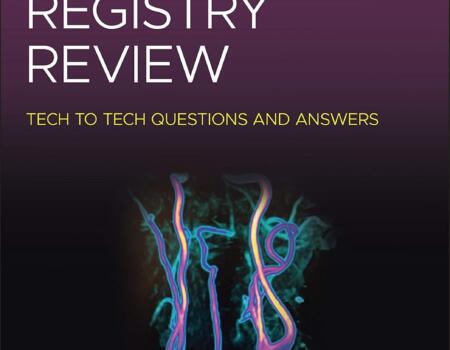Unmasking Deceit: The Rise of Online Fraud in the Digital Age
Online fraud has become one of the most significant challenges in the digital age, affecting millions of individuals and businesses worldwide. As the internet continues to evolve, so too do the techniques and strategies employed by cybercriminals, making it crucial for users to stay informed and vigilant.
The Evolution of Online Fraud
Historical Perspective
Online fraud isn’t a new phenomenon; it has been around as long as the internet itself. However, the methods and scale of attacks have drastically evolved. In the early days, fraud was relatively straightforward, often involving unsophisticated email scams. Today, cybercriminals employ a vast array of sophisticated tools and techniques, from phishing and social engineering to artificial intelligence and machine learning.
Recent Trends in Cybercrime
Over the past few years, there has been a notable increase in certain types of online fraud. Identity theft, data breaches, and the misuse of AI for deepfake scams are particularly prevalent. According to a report from the Federal Trade Commission (FTC), consumers reported losing more than $5.8 billion to fraud in 2021, up from $3.3 billion the previous year.
Mechanisms of Online Fraud
Phishing Attacks
Phishing remains one of the most common methods used by fraudsters. It involves tricking victims into giving out personal information such as passwords, credit card numbers, and social security numbers. This is often achieved through fake emails or websites masquerading as trustworthy entities.
Advanced Persistent Threats (APTs)
APTs are prolonged and targeted cyberattacks in which an intruder gains access to a network and remains undetected for a significant period. These threats are usually aimed at high-value targets like national governments and large corporations, with the goal of stealing data or undermining systems.
Ransomware and Malware
Ransomware attacks, where hackers lock the victims’ data or systems and demand a ransom to release them, have seen a dramatic increase. In 2021, the global cost of ransomware was estimated at around $20 billion, a figure that is predicted to rise.
The Role of Artificial Intelligence
AI has become a double-edged sword in cybersecurity. While it can enhance security protocols and assist in detecting fraud, it also enables more sophisticated attacks. AI-driven programs can automate tasks such that they can mimic human behavioral patterns and bypass conventional security measures.
Impacts of Online Fraud
Economic Impact
The economic consequences of online fraud are staggering. It not only results in direct financial losses but also impacts businesses through loss of productivity, legal costs, and damage to brand reputation.
Psychological Impact
Victims of online fraud often experience significant emotional distress. The feeling of violation and helplessness can lead to long-term psychological effects, including depression and anxiety.
Impact on Trust and Confidence
As incidents of online fraud increase, consumer trust in digital transactions and online interactions diminishes. This lack of trust can slow the adoption of new technologies and hinder the digital economy’s growth.
Combating Online Fraud
Educational Initiatives
Increasing awareness is essential in the fight against online fraud. Informative resources like the FTC’s Consumer Information page offers guidelines on recognizing and reporting fraud.
Technological Tools
Utilizing advanced cybersecurity tools is crucial. Antivirus software, email filters, and fraud detection algorithms play significant roles. Products like Norton 360 provide comprehensive protection including VPN, dark web monitoring, and more.
Legal and Regulatory Frameworks
Strengthening the legal and regulatory frameworks to address online fraud more effectively is ongoing. New laws and regulations, such as the General Data Protection Regulation (GDPR) in the European Union, aim to protect consumers’ data and privacy.
Cooperation and Collaboration
Collaboration between governments, private sector, and international bodies can facilitate the sharing of information and best practices. Initiatives like the Cybersecurity & Infrastructure Security Agency’s (CISA) efforts highlight the importance of collective action in mitigating cyber threats.
Future Outlook
The future of online fraud will be largely influenced by advancements in technology and changes in human behavior. Continuous adaptation and proactive measures will be essential. By staying informed, making use of advanced protective tools, and fostering a culture of security, stakeholders can mitigate the risks associated with online fraud.
Conclusion
In the digital age, online fraud presents a complex and evolving threat. By understanding the mechanisms, impacts, and countermeasures related to online fraud, individuals and organizations can better protect themselves. Collective, informed actions are our best defense against the deceits of cybercriminals in the ongoing digital transformation.
Discover more from Akiatech Solutions Blog
Subscribe to get the latest posts sent to your email.









